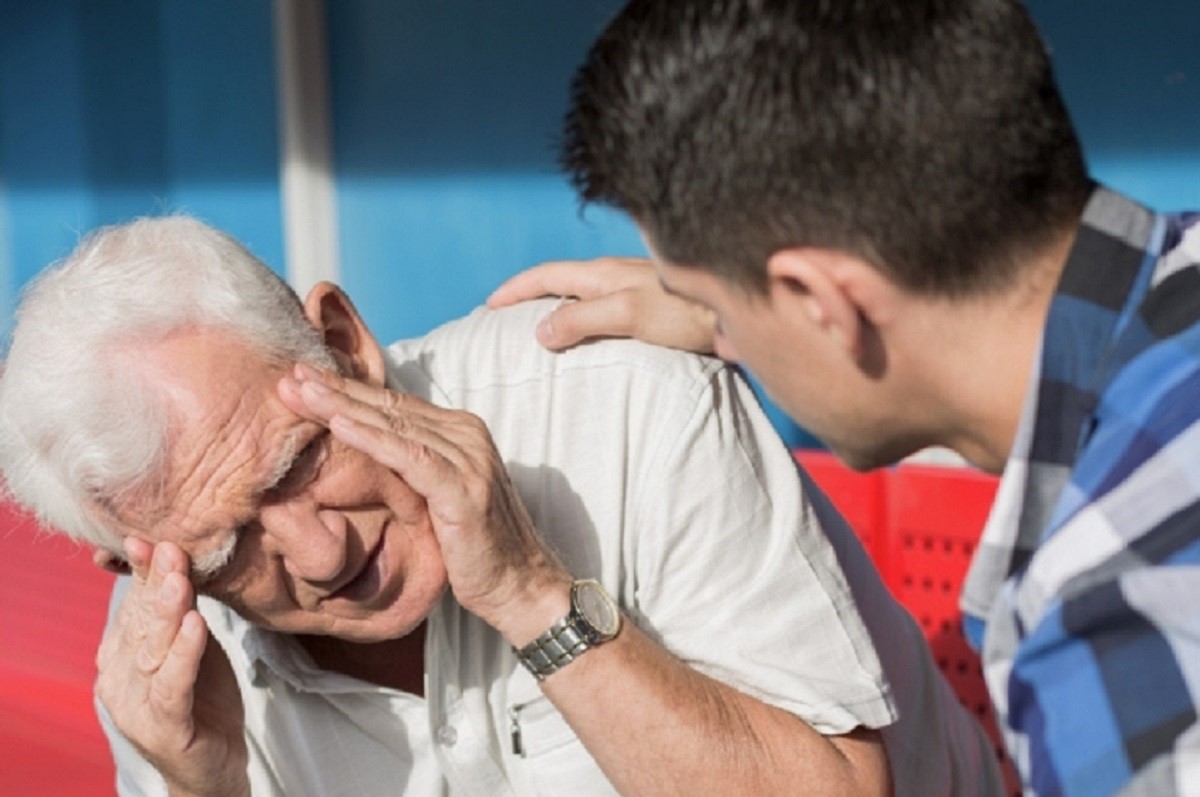
Poisoning from chemicals and household cleaners: a few notions
Poisoning occurs when a certain amount of a toxic material (natural or processed) enters the body
It can be a serious medical emergency, so it would be good to have some knowledge on this subject, partly for prevention and partly to know what to tell the rescuers.
The latter is really important, for the quality of their intervention and the likelihood of their success.
Knowing how to say ‘you have ingested this, in that quantity’ puts them in a position to use the most effective procedure quickly.
Poisoning, the points of entry of toxic material into the body
- Swallowing: through the mouth and digestive system.
- Inhalation: through the respiratory system (such as poisonous fumes and gases, and invasive anaesthetic drugs).
- Injection: including insect stings, skin, under the skin, intramuscular or intravenous injection.
- Skin: by absorption (such as lotions and chemicals).
Poisoning can be divided according to its causes into
- Drug poisoning.Chemical poisoning.
- Food poisoning.
Symptoms of poisoning
Diagnosis is based on several factors, which are the circumstances of the incident and observations of the location where the poisoning occurred, in addition to symptoms and test results.
(A) Circumstances of the accident and testing of the site:
It is only when people who shared the same food and drink show similar acute signs and symptoms of poisoning that poisoning is strongly suspected.
Find some toxic chemicals or medicinal substances in the room (notice a strange smell or liquid), empty bottles used to store such substances, a drug bottle near the victim (or pills scattered nearby).
(B) Clinical signs and symptoms:
Gastrointestinal symptoms:
Nausea and vomiting – sharp stomach ache – diarrhoea
Vomiting smells of bitter almond – as in cyanide poisoning – and inorganic phosphorus (garlic smell).
Respiratory symptoms:
Coughing – cyanosis – difficulty breathing in irritant gases and smoke poisoning.
Normal respiratory rate for an adult is 16 times per minute
Brain symptoms:
Victims show such signs due to the infection of their central nervous system, including:
Loss of consciousness
Convulsions (seizures)
Mental confusion
Corrosive poisoning – such as concentrated acid and detergents: acute pain in the pharynx, chest and mouth due to oesophageal heartburn.
Poisoning General first aid rules
Providing express first aid to the victim aims to mitigate the toxic substance as quickly as possible by seeking medical assistance, maintaining breathing, blood circulation and other vital signs.
To properly provide first aid
- Make sure that there are no other risks – to you or the victim – from administering first aid.
If possible:
- Call an ambulance first if you observe symptoms of poisoning
- Identify the poison, drug or food and store it in a container, remnant or cover.
- Identify the dosage or intake of the substance.
- Verify the duration (how long the victim took it).
- The age and weight of the victim.
- If the poisoning is deliberate by mistake.
- Observe the symptoms (acute or mild).
- If the victim vomits, keep the vomited material (for testing by the authorities concerned).
- Call poison control or the hospital and get first aid advice.
- Be sure to take the toxic material and its bottle with the victim to the hospital if transporting it yourself.
- If the victim is unconscious: check for shortness of breath and provide C.P.R if necessary
Most common causes of poisoning
There are some cases that are so common that they take up the bulk of the case history when it comes to poisoning.
Take them into account.
Often these are
- Poisons removed from the original containers to the bottles, such as household cleaners and bleach.
- Negligence of parents who leave dangerous substances within reach of children.
- Improper storage of toxic substances.
- Ingestion or inhalation of toxic substances.
- Suicidal thoughts (could be medication)
Knowing how to report this information to the Emergency Number Operator has its importance in terms of medical intervention.
Below are some articles that will improve your knowledge on the subject. In many cases they are intended for rescuers, but reading them… will not cause any symptoms of poisoning!
Read Also
Emergency Live Even More…Live: Download The New Free App Of Your Newspaper For IOS And Android
First Aid: The Most Effective Ways To Prevent Poisoning
Paediatric Toxicological Emergencies: Medical Intervention In Cases Of Paediatric Poisoning
First Aid In Case Of Food Poisoning
What You Need To Know About Substance Use Disorder
What Is Ketamine? Effects, Uses And Dangers Of An Anaesthetic Drug That Is Likely To Be Abused
Sedation And Analgesia: Drugs To Facilitate Intubation
Community Management Of Opioid Overdose
A Powerful Hand To Reverse An Opioid Overdose – Save Lives With NARCAN!
Accidental Drug Overdose: The Report Of EMS In The USA
Irritant Gas Inhalation Injury: Symptoms, Diagnosis And Patient Care
Food Poisoning: Know The Symptoms And First Aid Treatment
Emergency Live Even More…Live: Download The New Free App Of Your Newspaper For IOS And Android
Berilliosis (Beryllium Poisoning): Causes, Symptoms, Diagnosis And Treatment
Carbon Monoxide Poisoning: First Aid Maneuvers And The Importance Of Detectors



